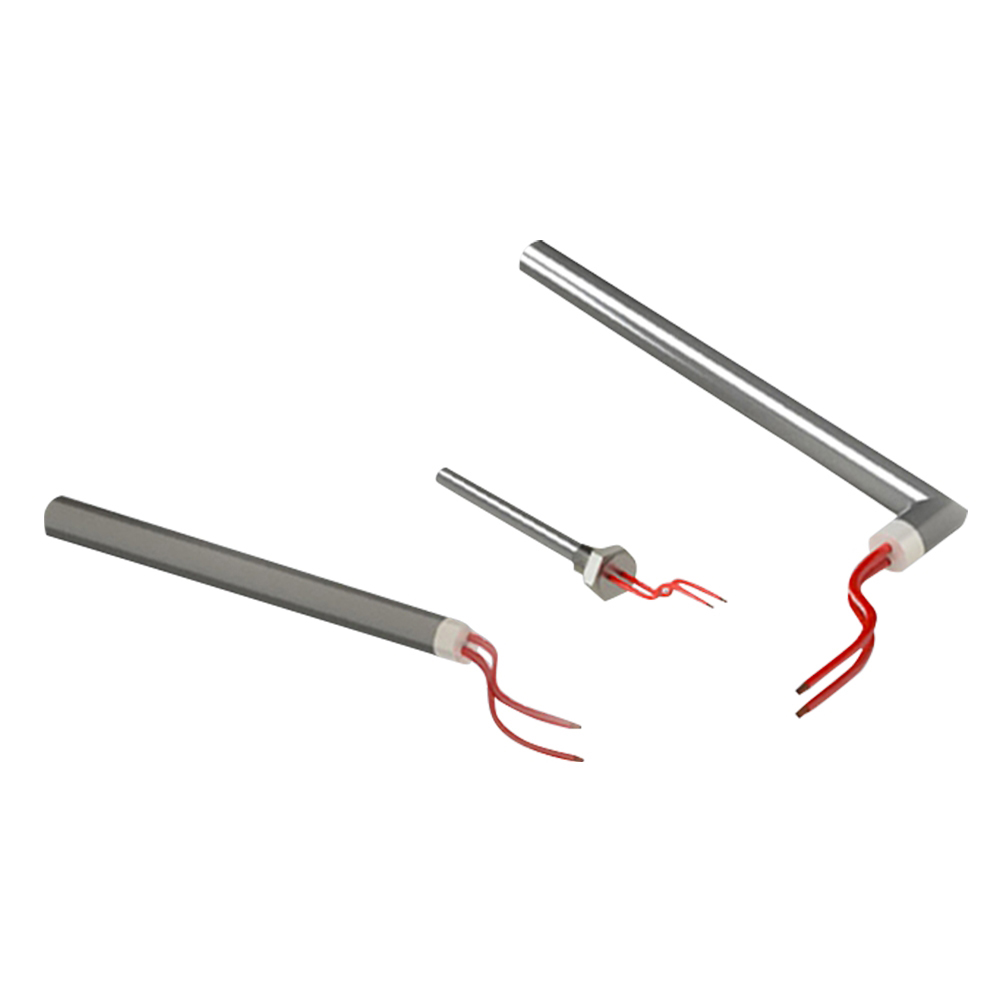Electric heating elements are widely used in household appliances, industrial equipment, and commercial heating systems. From water heaters and ovens to industrial furnaces and space heaters, these elements convert electrical energy directly into heat. With rising energy costs and increasing environmental concerns, one important question arises: Can electric heating elements save energy? The answer depends on their design, application, and usage practices. Let’s explore this in detail.
1. Understanding Electric Heating Elements
An electric heating element is a component made of a conductive material—usually nickel-chromium alloy, stainless steel, or other metals—that generates heat when an electric current passes through it. The electrical resistance of the material causes energy to convert into thermal energy, which can then be used for cooking, heating liquids, or warming spaces.
Key advantages of electric heating elements include:
Instant heat generation – They provide rapid and controlled heating.
Precise temperature control – Many elements are compatible with thermostats and regulators.
Versatility – Used in appliances, industrial processes, and even scientific equipment.
2. How Energy Efficiency Works in Electric Heating
Electric heating elements are often more energy-efficient than other heating methods because:
Direct Conversion: Nearly all electrical energy is converted to heat. Unlike combustion-based heaters, there is minimal heat loss during the conversion process.
Targeted Heating: Elements can be placed exactly where heat is needed, reducing wasted energy. For example, immersion heaters in water tanks heat only the liquid, not the surrounding air.
Rapid Response: Electric elements heat up quickly, allowing devices to reach the desired temperature faster and avoid prolonged energy consumption.
These factors contribute to the potential for energy savings compared to older, less precise heating technologies.
3. Design Factors That Affect Energy Savings
Not all electric heating elements are created equal. Certain design characteristics can improve energy efficiency:
Material Choice: High-resistance alloys like Nichrome provide consistent heat while minimizing energy loss.
Element Shape and Placement: Spiral or finned elements increase surface area, distributing heat more effectively and speeding up warming.
Insulation: Properly insulated heaters prevent heat from escaping to the environment, ensuring that more energy goes directly into the intended medium.
Control Systems: Modern elements equipped with thermostats, timers, or smart controllers avoid overheating and reduce unnecessary energy consumption.
4. Applications Where Electric Heating Elements Save Energy
Electric heating elements can save energy in various applications:
Water Heaters: Immersion heaters heat water quickly and efficiently, reducing standby energy loss compared to tank-based gas systems.
Ovens and Cooktops: Electric elements provide precise cooking temperatures, lowering energy waste from overshooting heat.
Industrial Furnaces: Efficient electric elements in metal or glass processing reduce energy consumption compared to traditional fuel-based furnaces.
Space Heating: Infrared panels or fan heaters with electric elements can heat rooms quickly and directly, avoiding wasted energy in heating unused spaces.
5. Practical Tips to Maximize Energy Savings
Even with efficient electric heating elements, usage habits greatly affect energy consumption. To save energy:
Use thermostats and timers – Only heat when necessary.
Choose elements with high energy efficiency ratings – Modern designs often include energy-saving coatings and control systems.
Maintain equipment – Clean elements and surrounding surfaces regularly to ensure effective heat transfer.
Insulate heated areas – Reduces heat loss and allows the element to work less.
Avoid oversizing – Using elements larger than required wastes energy and increases operating costs.
6. Comparing to Other Heating Methods
When compared to fuel-based or older heating systems, electric heating elements can offer significant energy savings:
Vs Gas Heaters: Electric elements convert electricity directly into heat, whereas gas heaters lose energy in combustion exhaust.
Vs Open Flames: Open-flame heating is less precise and can waste significant energy.
Vs Resistance Wire in Older Devices: Modern elements often have optimized shapes and coatings to maximize efficiency, outperforming older resistive systems.
However, the source of electricity matters. Using electricity generated from renewable sources makes electric heating elements not only energy-efficient but also environmentally friendly.
7. Limitations
While electric heating elements can save energy, some limitations exist:
Electricity Cost: In regions with high electricity rates, savings may be less noticeable compared to natural gas or solar-based heating.
Standby Losses: Poorly insulated appliances may still lose heat when idle, reducing efficiency.
Overuse: Without timers or smart controls, electric elements can consume more energy than necessary.
By combining proper design with efficient usage, these limitations can be minimized.
Can electric heating elements save energy? The answer is yes, especially when designed and used efficiently. Their ability to convert nearly all electrical energy into heat, precise control, and rapid response make them highly energy-efficient compared to many traditional heating methods.


 English
English русский
русский Français
Français Español
Español عربى
عربى
